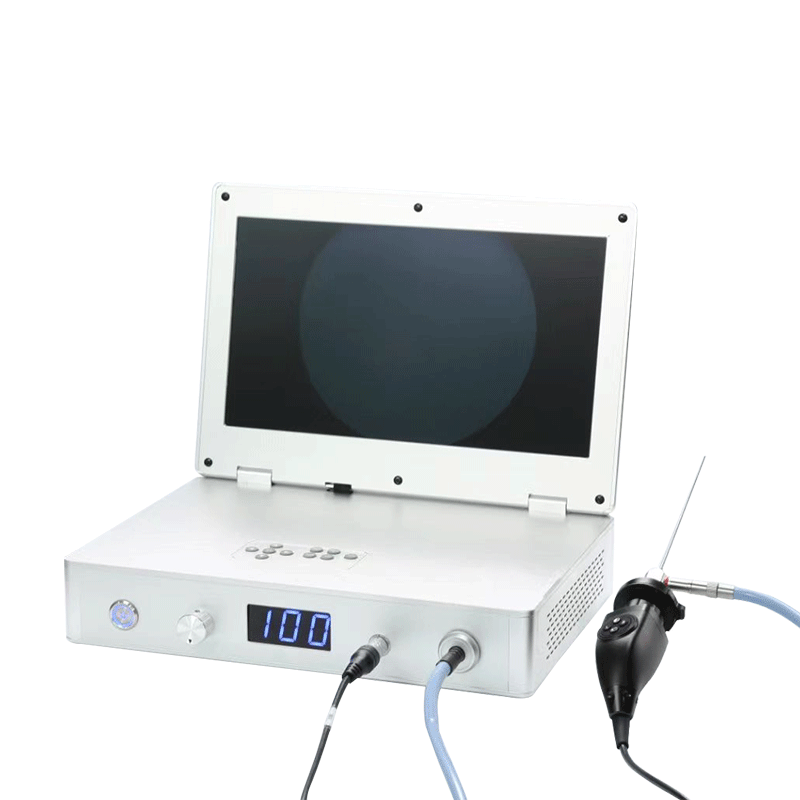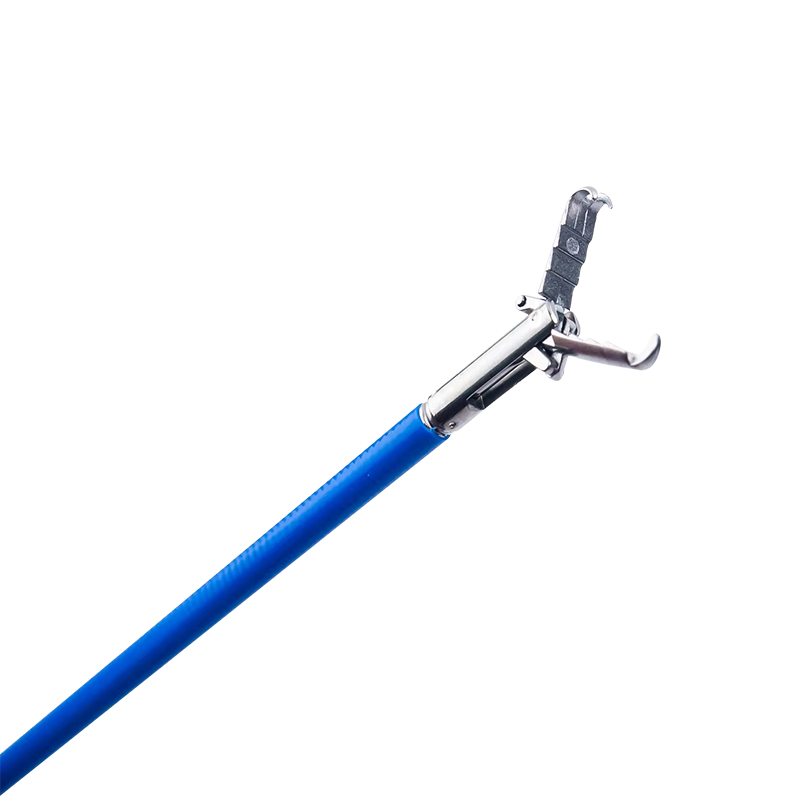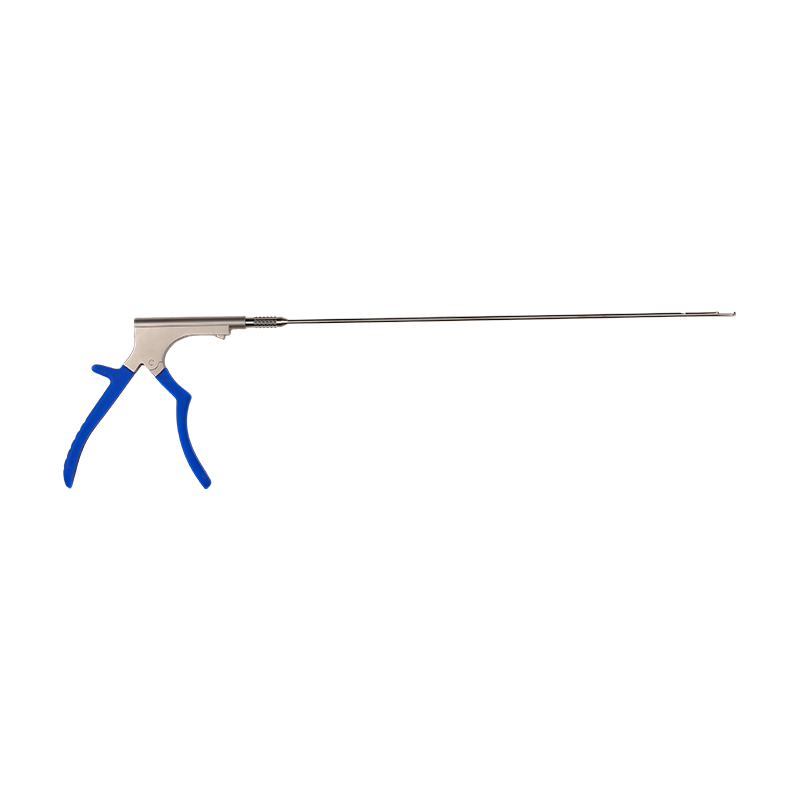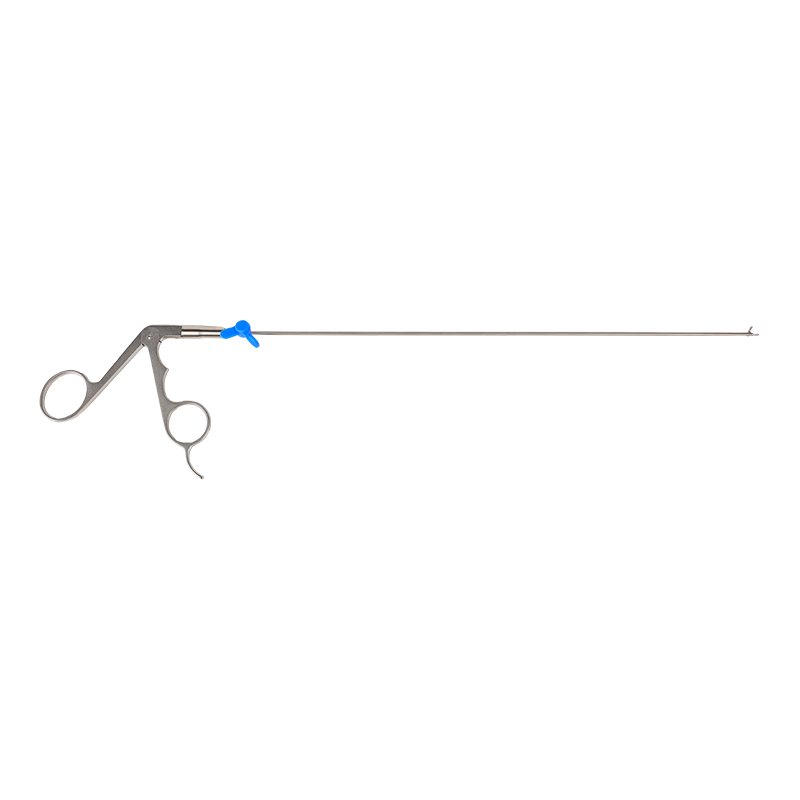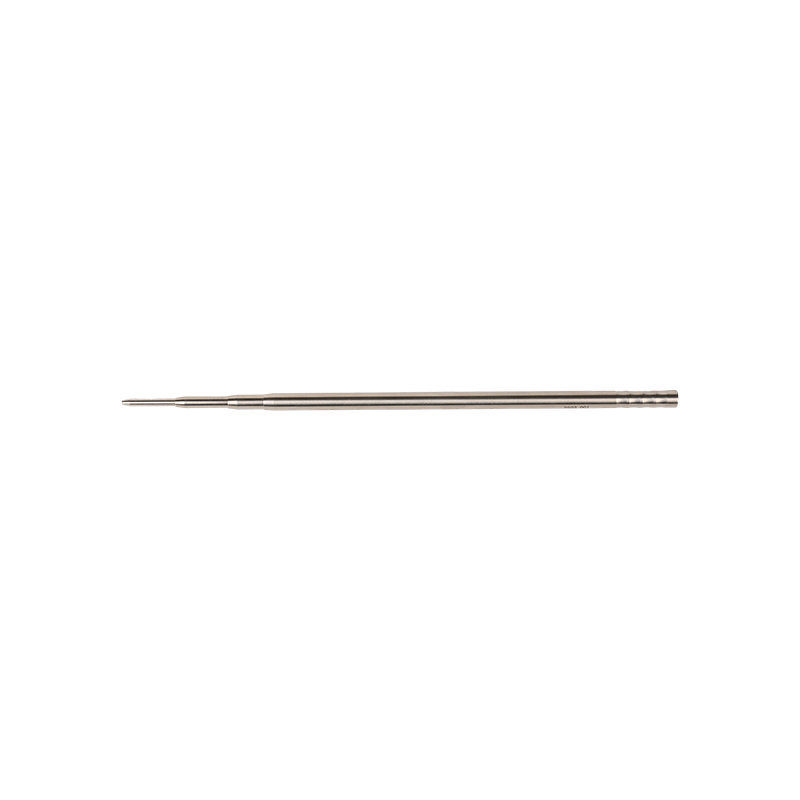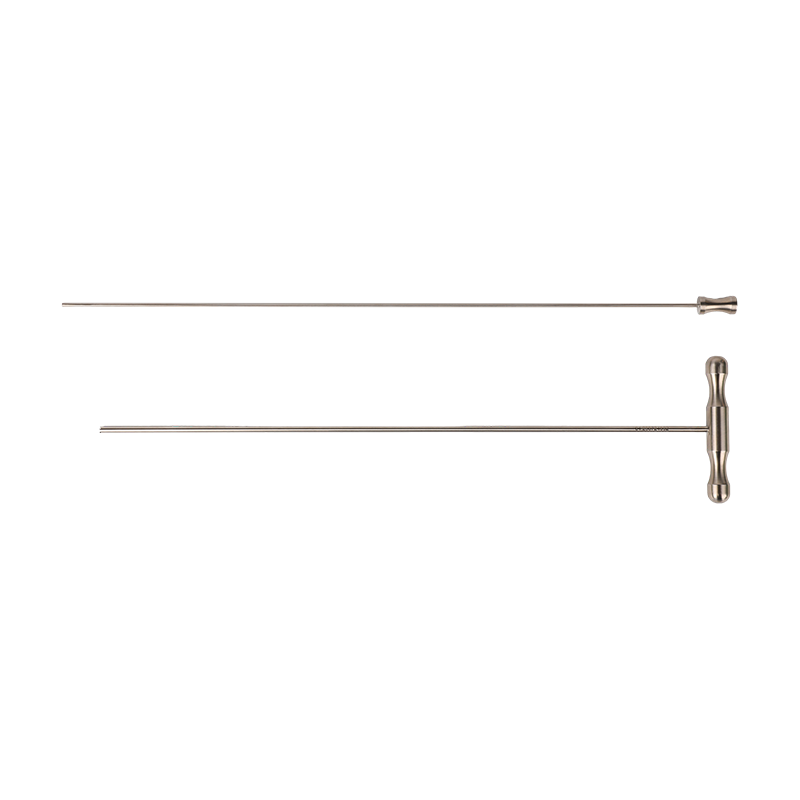Nasal endoscopy is a common, minimally invasive diagnostic and therapeutic procedure utilized by otolaryngologists (ear, nose, and throat specialists) to examine the nasal and sinus passages. The procedure involves inserting a rigid or flexible endoscope—a thin tube with a light and camera—into the nose to visualize structures in detail. When a nasal endoscopy is described as involving a unilateral or bilateral separation procedure, it typically refers to a diagnostic approach or, more commonly, a step within a functional procedure like Septoplasty or Endoscopic Sinus Surgery (ESS), where the surgical goal involves addressing conditions specific to one side (unilateral) or both sides (bilateral) of the nasal cavity or sinuses.
Diagnostic Applications
In a purely diagnostic nasal endoscopy, the terms unilateral or bilateral separation aren’t standard nomenclature. However, the procedure itself is inherently used to diagnose conditions that may affect:
- One side (Unilateral): Symptoms or issues confined to a single nostril or set of sinuses, such as a foreign body, a unilateral choanal atresia (a blockage at the back of the nose), a single sinus polyp, or an isolated tumor.
- Both sides (Bilateral): Widespread issues like chronic rhinosinusitis, bilateral nasal polyposis, or severe allergic rhinitis affecting both nasal passages.
The diagnostic endoscopy aims to pinpoint the source of symptoms such as nasal obstruction, chronic discharge, facial pain, loss of smell, and recurrent epistaxis (nosebleeds).
Therapeutic and Surgical Applications
The term “separation procedure” is more accurately applied when the endoscopy guides a surgical intervention. These procedures are often classified by their scope—unilateral or bilateral—based on the patient’s pathology:
Unilateral Procedures
These focus on correcting issues limited to one side of the nasal cavity or paranasal sinuses. Examples include:
- Isolated Maxillary Sinus Ostial Blockage: Correcting a blockage of the opening to a single sinus.
- Unilateral Concha Bullosa Resection: Reducing the size of an air-filled sac within one of the turbinates (the structures that humidify air in the nose) to improve airflow.
- Removal of a Unilateral Lesion: Excising a polyp or other benign/malignant growth restricted to one side.
Bilateral Procedures
These address disease that is present in both nasal cavities and/or multiple sinuses on both sides. The most common bilateral procedure is:
- Bilateral Functional Endoscopic Sinus Surgery (FESS): This is performed to widen the natural drainage pathways of the sinuses to treat Chronic Rhinosinusitis (CRS) that has not responded to medical therapy. It involves opening up ostia (sinus openings) on both sides to restore ventilation and mucociliary clearance.
- Bilateral Turbinate Reduction: Shrinking the size of the turbinates in both nasal passages to relieve chronic bilateral nasal obstruction.
The use of endoscopy in these surgical contexts ensures high precision, magnified visualization, and minimal damage to surrounding healthy tissue.
Advanced Endoscopic Techniques: Unilateral Biportal Endoscopy
While the initial diagnostic nasal endoscopy is a standard tool, surgical advancements have led to specialized techniques. One such technique is Unilateral biportal endoscopy (UBE).
UBE is a minimally invasive surgical method, typically known for its use in spinal surgery, but the underlying principle—using two separate portals (one for the endoscope, one for instruments) to create a working channel—is being adapted and studied for various procedures, including complex rhinology and skull base surgery. The use of two portals allows for excellent triangulation of instruments, wide-angle visualization, and independent manipulation of the scope and surgical tools, offering advantages in procedures where restricted space and complex anatomy are challenges. While still more common in spinal applications, the concept underscores the continuing evolution of endoscopic surgery towards achieving better surgical access and outcomes, often focusing on a single, affected area (unilateral) with enhanced control.
Summary
In the context of the nose and sinuses, a nasal endoscopy procedure involving a unilateral or bilateral separation is primarily a description of the scope of the necessary surgical intervention—whether the disease process requires correction on one side or both—as guided by the initial endoscopic diagnosis. It is a critical, professional tool in otolaryngology for both precisely identifying and effectively treating a wide range of nasal and sinus pathologies.

 English
English عربى
عربى Español
Español
